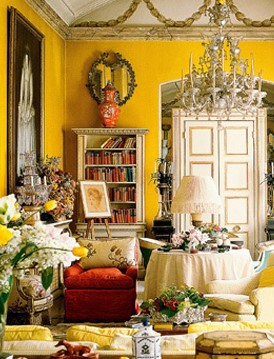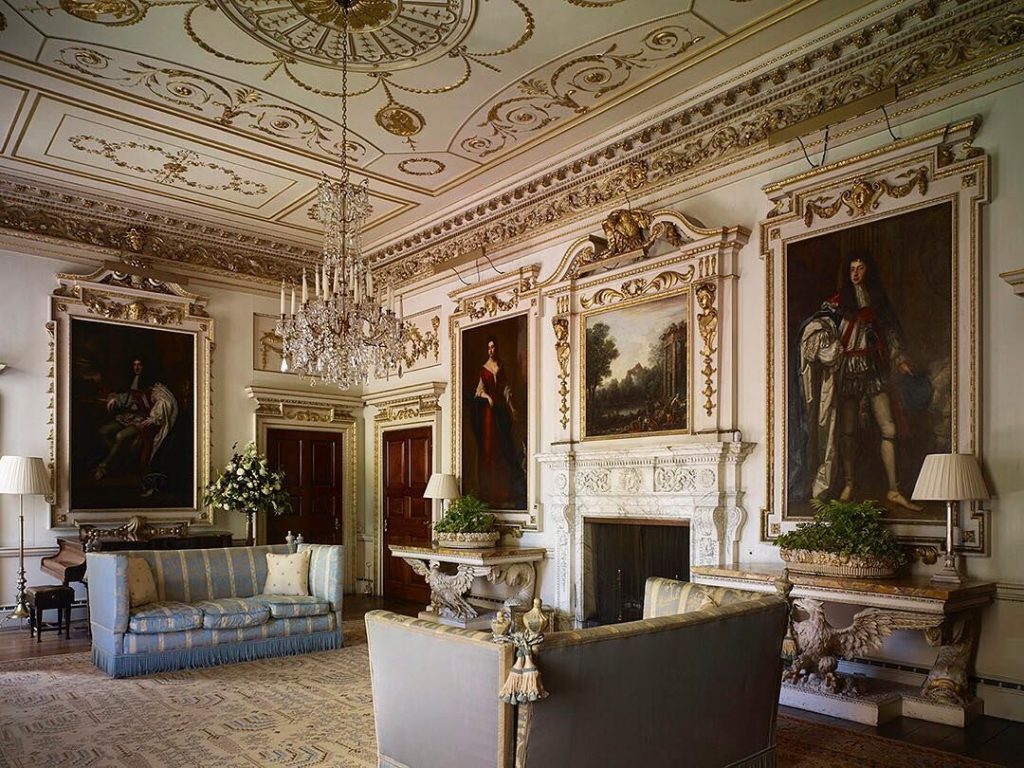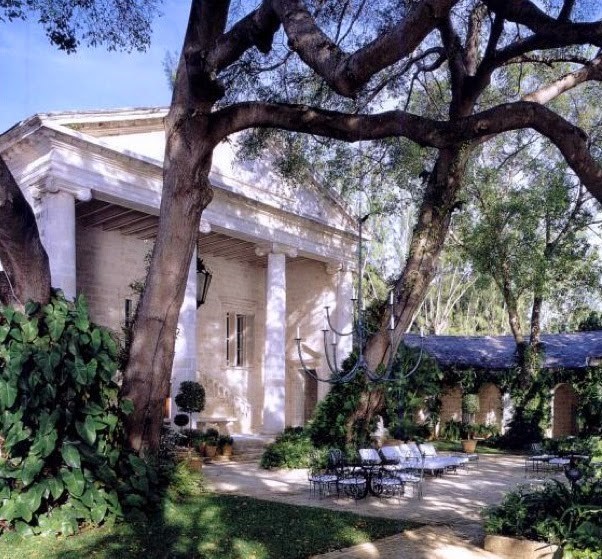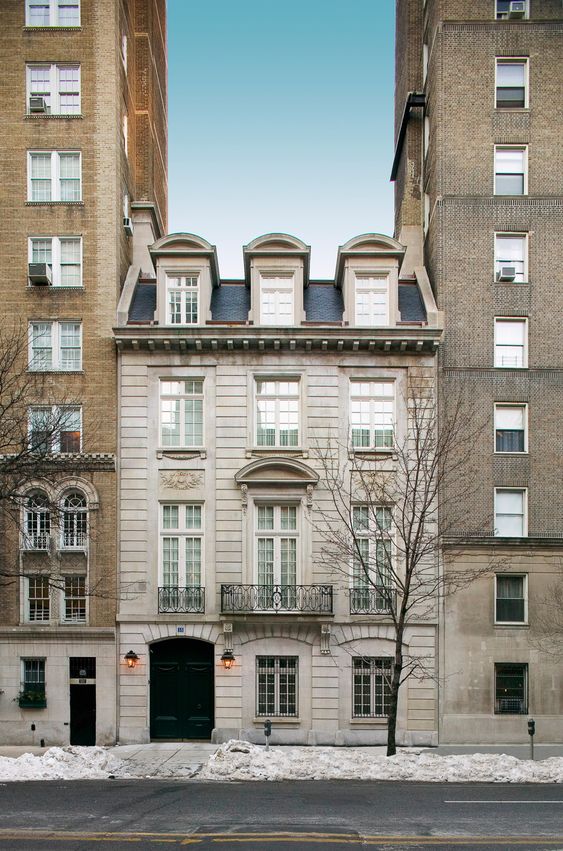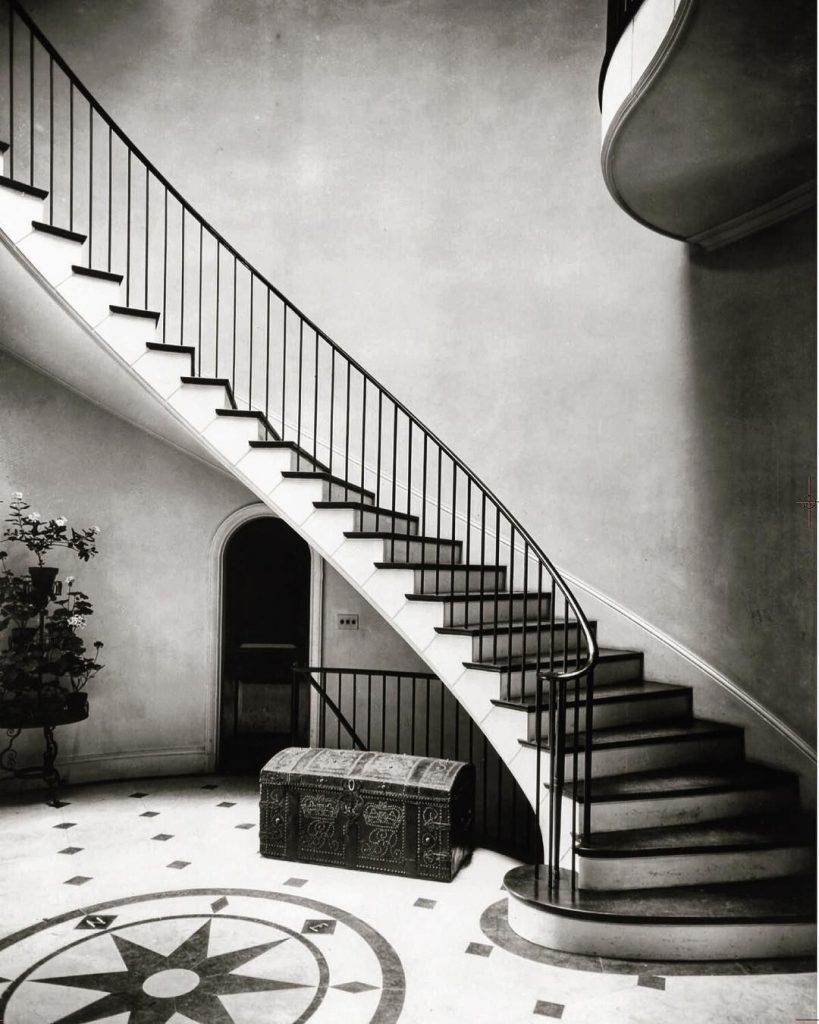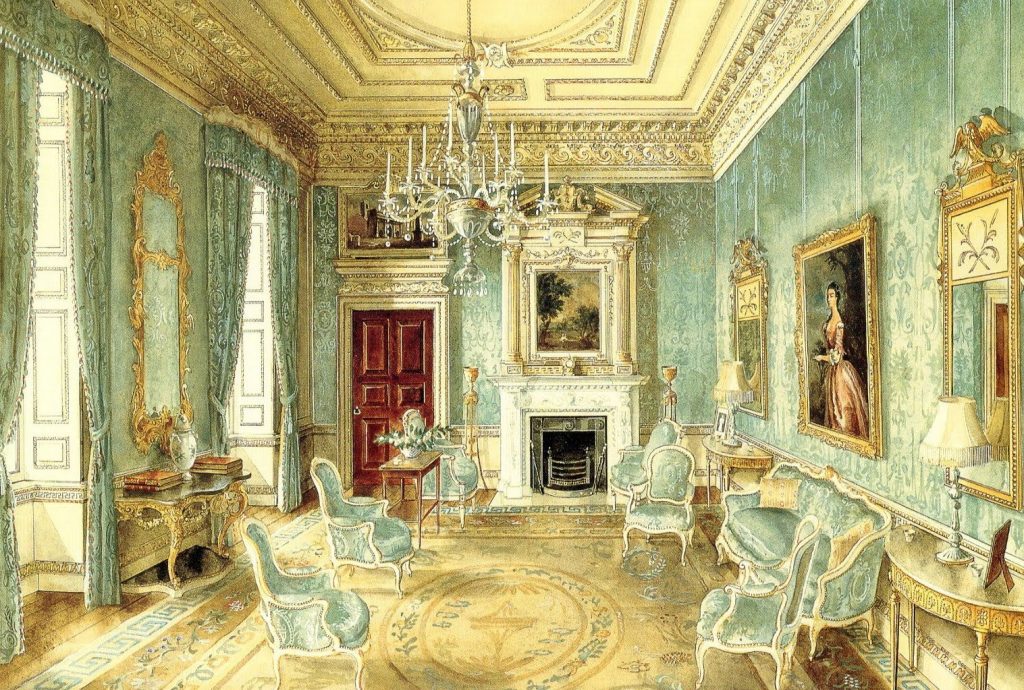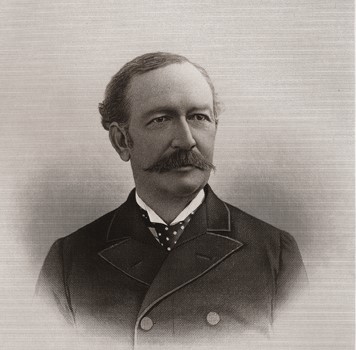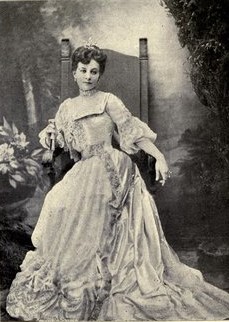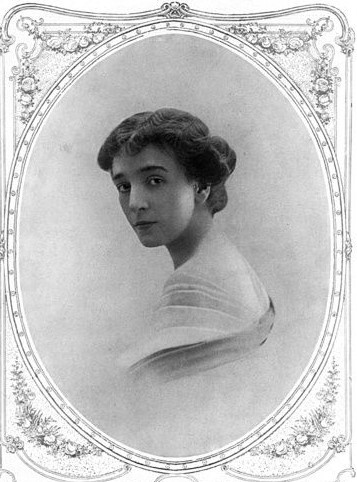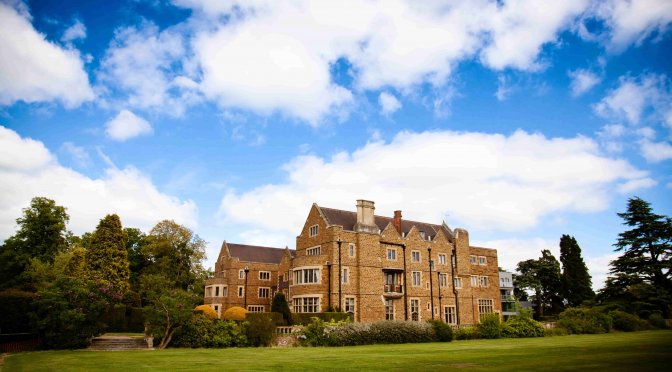The Great 20th Century Design Firm
Possibly the 20th century’s most universally admired room

By Megan McKinney
Yes, the above is Nancy Lancaster’s fabulously famous Yellow Room at 22 Avery Row in London. But we’ll get to that later in this final segment of our A Rich Life: The Trees series.

When Ronnie Tree sold the house at 123 East 79th Street, he replaced it with a handsome maisonette at One Sutton Place South. The four-bedroom cooperative in the 1927 Rosario Candela-designed showplace would be his New York base—and Marietta’s—for the remainder of their respective lives.

From that time on, every night she spent in New York, until her 1991 death at 74, Marietta’s view of the 59th Bridge from her One Sutton Place South windows projected late 1930’s Hollywood’s fantasy of how the rich live in New York.
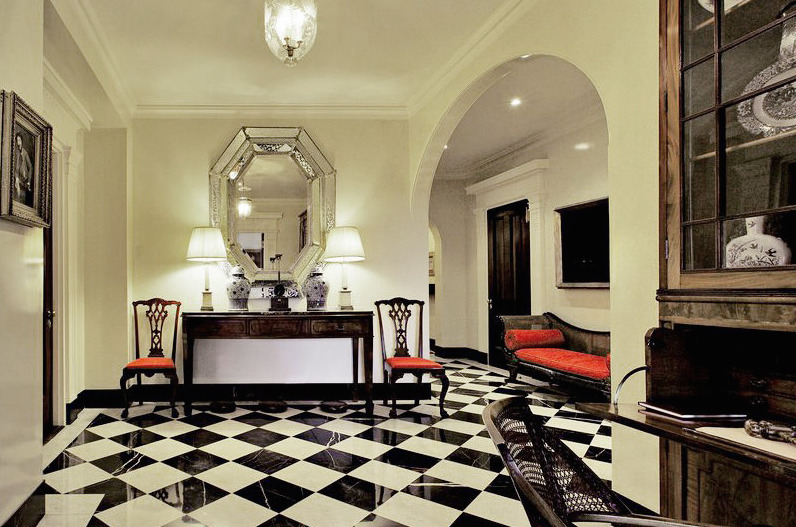
The sleek black and white marble floors of her entrance gallery would remain long after Marietta’s departure.
Now on to the great 20th century English interior design firm that had come into the Tree realm in the 1940’s.

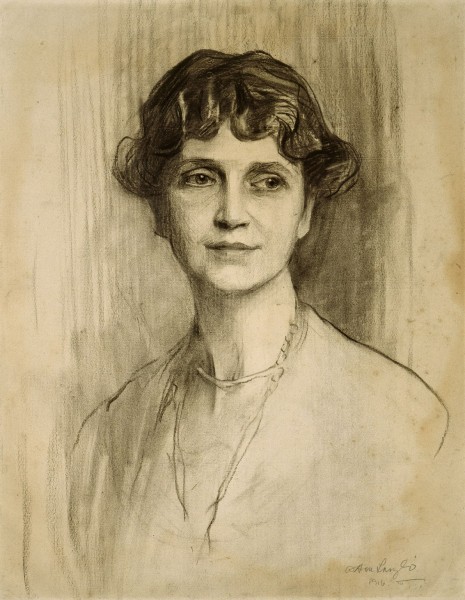
No Rich Living series of the 20th century would be complete without a discussion of Colefax & Fowler. Sibyl Colefax was well connected and had great style. In 1930—after losing money in the Wall Street crash of the year before—she began decorating for friends who ranged from British royalty through the aristocracy and upper classes to celebrities at the Charles Chaplin and Cole Porter level.
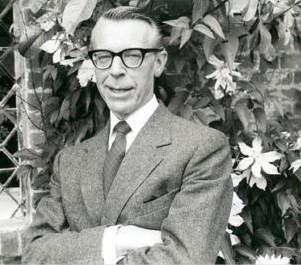
In 1939, the demands of Lady Colfax’ business became so great that she brought into her company the talented interior designer John Fowler—a man with great artistic skills, as well as taste and a sense of history. She re-named the firm Sibyl Colefax & John Fowler.

Sibyl Colefax & John Fowler, 39 Brook Street.
In the 1940’s, Ronnie Tree suggested that Nancy, his soon to be former wife—but still great friend—buy Colefax & Fowler.
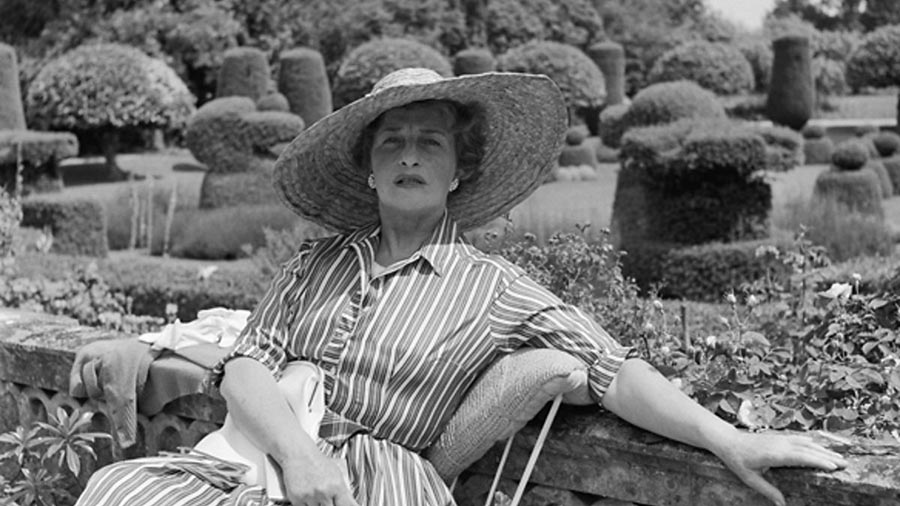
It was a decade that brought Nancy a change of husbands and names, from Tree to Lancaster, and a new business with a challenging colleague. As her aunt Lady Astor remarked, Nancy Lancaster and John Fowler were “the most unhappy unmarried couple in England.” But what a team they were!

The Yellow Room wasn’t the only hidden portion of the old Colefax & Fowler on Brook Street. There was a secret garden behind the shop.

In 1957, three years after she purchased Haseley Court, Nancy sold her London house. Now requiring an intown pied-à-terre, she took a 25-year lease on a small cluster of rooms above 39 Brook Street. The address was 22 Avery Row. The room’s color, “a startling, glossy yellow,” was John Fowler’s idea. However, there was much more to it, as anyone who has seen images of the room after the departure of Nancy, with her unique assemblage of furniture and fittings, can testify.
This is the final segment in Publisher Megan McKinney’s eight-part series A Rich Life with the Trees. Previous segments can be found in the Classic Chicago archives in the right margin of every Classic Chicago page under Great Chicago Fortunes.
Edited by Amanda K. O’Brien
Author Photo: Robert F. Carl



